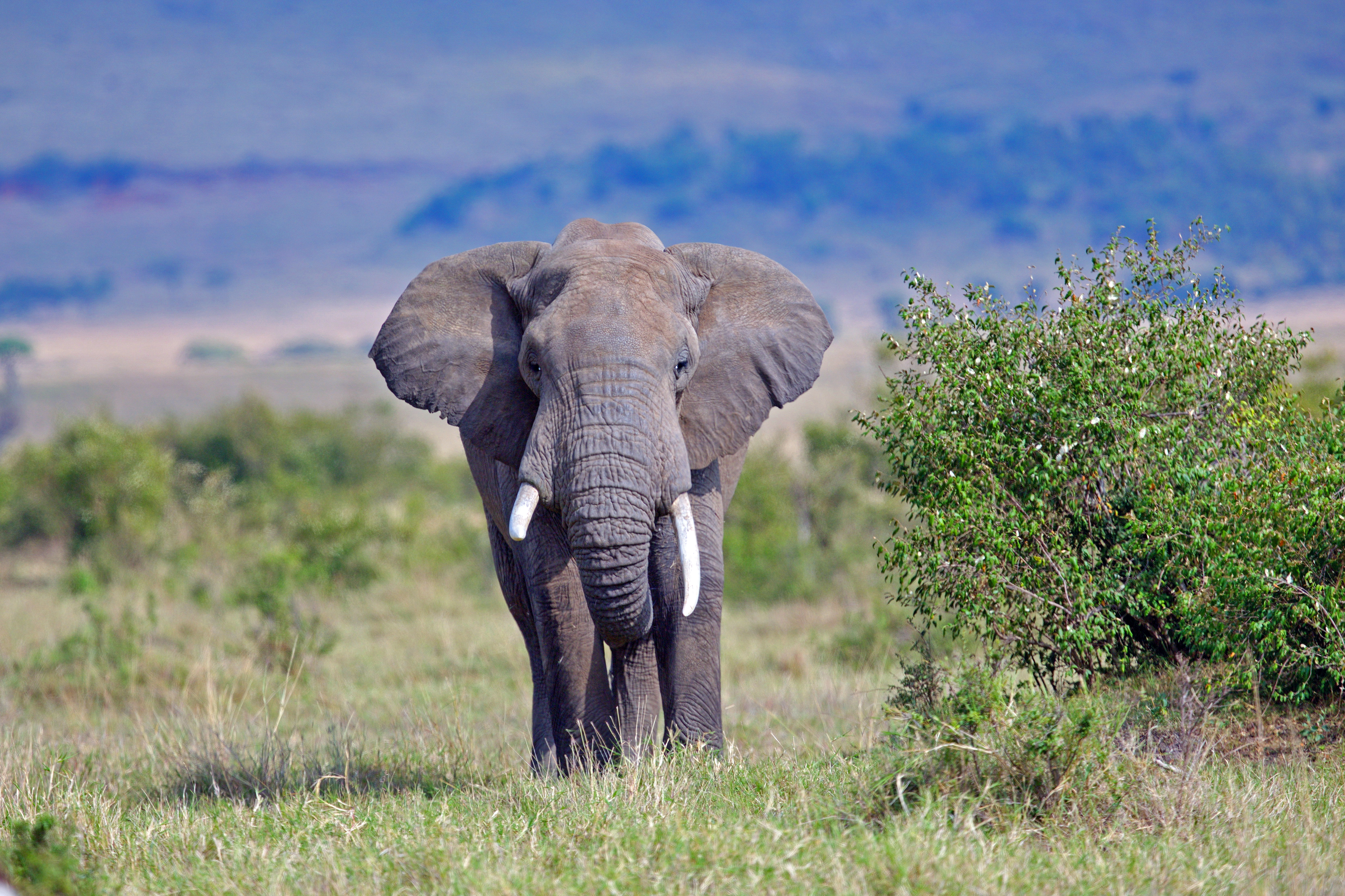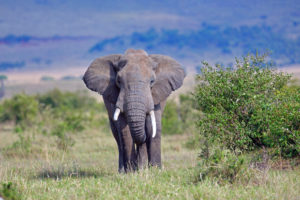

In October of 2016, in what was considered a surprising move, the United States, the European Union and several African nations voted against an all-out ban of the elephant ivory trade. It was a surprising move in that there was strong support in favor of a ban from the countries hosting the two largest elephant ivory markets: the United States and China.
There were several reasons offered as to why the ban failed. One reason had to do with the technical structure of the ban, which contained a potential loophole allowing illegal ivory trading to continue. Another reason given was that banning all ivory trading would reduce incentive to protect elephants. A similar argument is used to support the hunting of game birds and other animals in the United States, such as duck, alligator, deer, wolves, and more recently, bears. It is not at all clear, however, that money earned from limited, legal hunting necessarily results in greater conservation efforts leading to sustainable population sizes. Not all species are as easily maintained as ducks or dear. Elephants are a potentially more vulnerable because they have large body sizes, are long lived, have few offspring, and don’t usually reach sexual maturity until between 12 and 16 years of age. That likely means that sustainable hunting may mean very few in the population can be hunted without impacting the ability of elephant populations to remain stable. Yet another reason given was that current populations of elephants are too large to warrant an all-out ban, something that should be afforded only to species whose populations are teetering on the edge of extinction.
While legal hunting programs have apparently benefited some species of game birds, whether such programs truly work for larger, or even other small species, is uncertain. Populations subjected to legal hunting regimes today are typically nowhere near the size of populations 30 to 100 years ago. Back then, the populations were considered to be healthy and stable, at least more so than they are today. In addition, it is important to remember that no one really knows what the sustainable population size truly is. The passenger pigeon reportedly had incredibly large populations only a few years before they completely disappeared. There are some species with small population sizes that are stable, while others, especially those that exhibit strong social communities, need a much larger populations size than would be recognized as the minimum.
The good news is that both of the two largest markets for elephant ivory have, or are set to, ban imports and trading. Last year China, the largest consumer of elephant ivory, announced a ban on imports and trading that will take effect later this year. The United States finalized regulations last year (July 6, 2016) banning virtually all future imports and trading. How effective the ban is depends upon enforcement and whether the risk of illegally obtaining ivory is worth the reward. In any case, there does seem to be hope for one of the public’s favorite animals, even while lesser known species continue their silent, unmitigated march toward extinction.